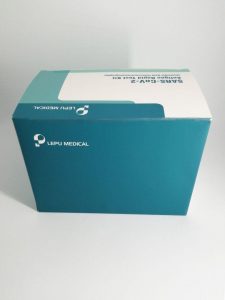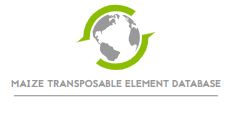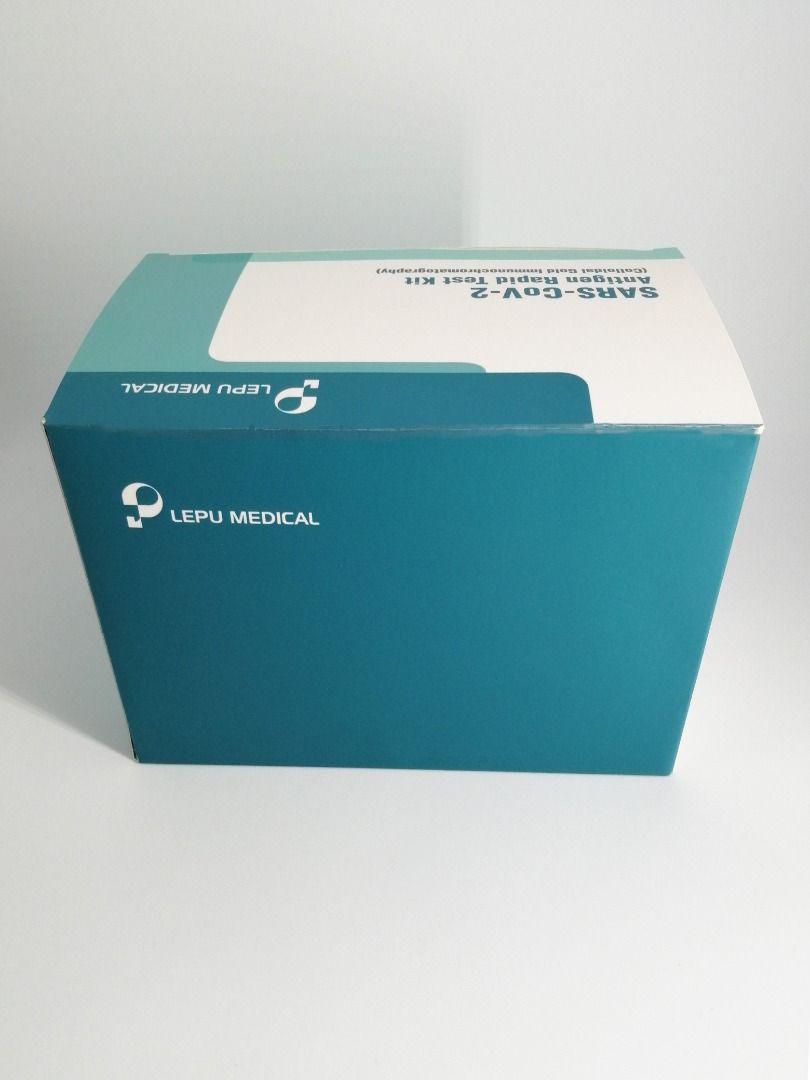Although DNA methylation is one of the best characterised epigenetic mark, the mechanism by which it’s focused to particular areas within the genome stays unclear. Recent research have revealed that local DNA methylation profiles may be dictated by cis-regulatory DNA sequences that primarily function by way of DNA-binding components. Consistent with this discovering, we now have lately proven that disruption of CTCF-binding sites by uncommon single nucleotide variants (SNVs) can underlie cis-linked DNA methylation modifications in sufferers with congenital anomalies. These knowledge increase the speculation that uncommon genetic variation at transcription factor binding sites (TFBSs) may contribute to local DNA methylation patterning.
In this work, by combining blood genome-wide DNA methylation profiles, entire genome sequencing-derived SNVs from 247 unrelated people together with 133 predicted TFBS motifs derived from ENCODE ChIP-Seq knowledge, we noticed an affiliation between the disruption of binding sites for a number of TFs by uncommon SNVs and excessive DNA methylation values at each local and, to a lesser extent, distant CpGs. While nearly all of these modifications affected solely single CpGs, 24% had been related to a number of outlier CpGs inside ±1kb of the disrupted TFBS. Interestingly, disruption of functionally constrained sites inside TF motifs result in bigger DNA methylation modifications at close by CpG sites. Altogether, these findings recommend that uncommon SNVs at TFBS negatively affect TF-DNA binding, which might result in an altered local DNA methylation profile.
Furthermore, subsequent integration of DNA methylation and RNA-Seq profiles from cardiac tissues enabled us to watch an affiliation between uncommon SNV-directed DNA methylation and outlier expression of close by genes. In conclusion, our findings not solely present insights into the impact of uncommon genetic variation at TFBS on shaping local DNA methylation and its penalties on genome regulation, but additionally present a rationale to include DNA methylation knowledge to interpret the purposeful function of uncommon variants.
Inhibition of DNA Methylation in Picochlorum soloecismus Alters Algae Productivity
Eukaryotic organisms regulate the group, construction, and accessibility of their genomes by way of chromatin reworking that may be inherited as epigenetic modifications. These DNA and histone protein modifications are in the end liable for an organism’s molecular adaptation to the surroundings, leading to distinctive phenotypes. Epigenetic manipulation of algae holds but untapped potential for the optimization of biofuel manufacturing and bioproduct formation; nonetheless, epigenetic equipment and modes-of-action haven’t been nicely characterised in algae.
We sought to find out the extent to which the biofuel platform species Picochlorum soloecismus makes use of DNA methylation to manage its genome. We discovered candidate genes with domains for DNA methylation within the P. soloecismus genome. Whole-genome bisulfite sequencing revealed DNA methylation in all three cytosine contexts (CpG, CHH, and CHG). While world DNA methylation is low general (∼1.15%), it happens in considerable portions (12.1%) in CpG dinucleotides in a bimodal distribution in all genomic contexts, although terminators include the best variety of CpG sites per kilobase. The P. soloecismus genome turns into hypomethylated throughout the progress cycle in response to nitrogen hunger.
Algae cultures had been handled each day throughout the expansion cycle with 20 μM 5-aza-2′-deoxycytidine (5AZA) to inhibit propagation of DNA methylation in daughter cells. 5AZA remedy considerably elevated optical density and ahead and aspect scatter of cells throughout the expansion cycle (16 days). This enhance in cell measurement and complexity correlated with a big enhance (∼66%) in lipid accumulation. Site particular CpG DNA methylation was considerably altered with 5AZA remedy over the time course, although nitrogen hunger itself induced vital hypomethylation in CpG contexts. Genes concerned in a number of organic processes, together with fatty acid synthesis, had altered methylation ratios in response to 5AZA; we hypothesize that these modifications are doubtlessly liable for the phenotype of early induction of carbon storage as lipids. This is the primary report back to make the most of epigenetic manipulation methods to change algal physiology and phenotype. Collectively, these knowledge recommend these methods could be utilized to fine-tune metabolic responses, alter progress, and improve environmental adaption of microalgae for desired outcomes.

DNA Methylation Patterns of Chronic Explosive Breaching in U.S. Military Warfighters

